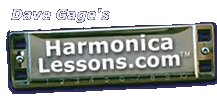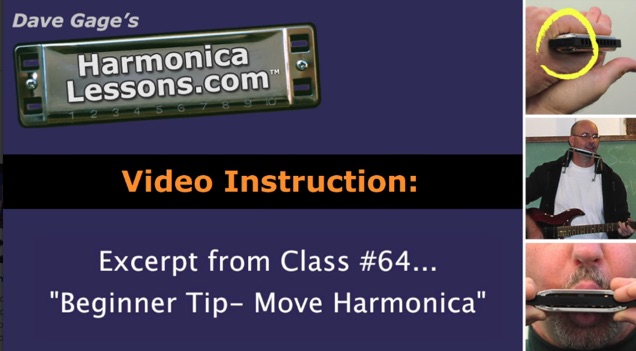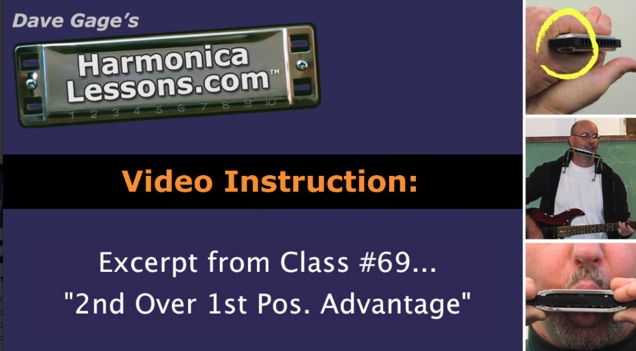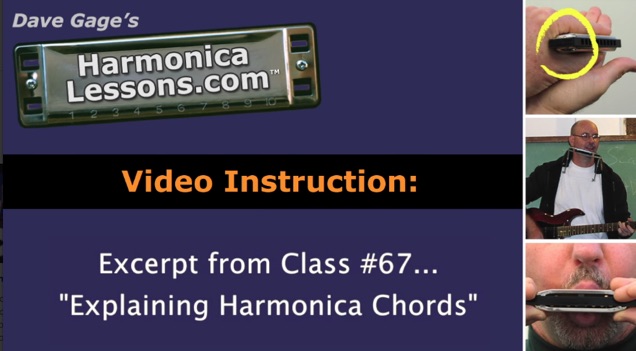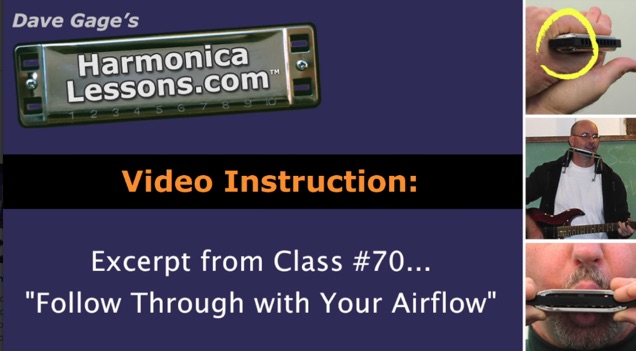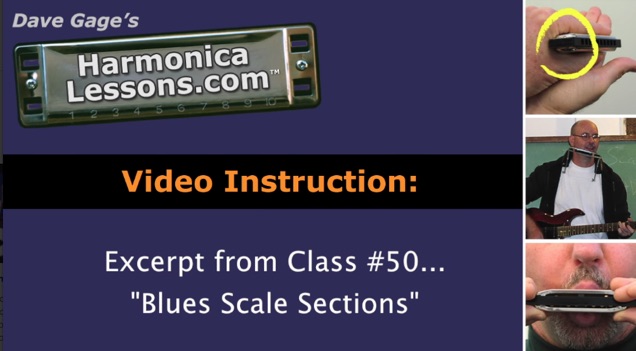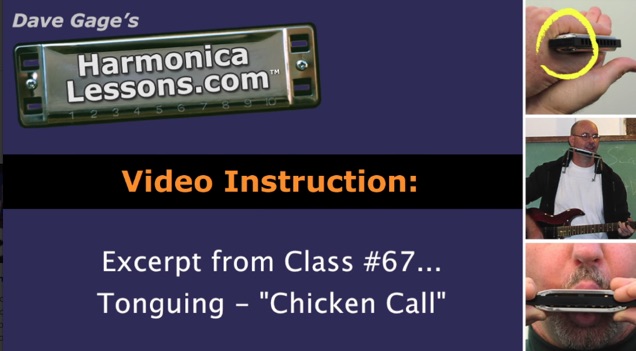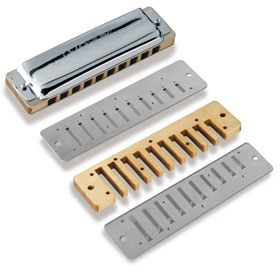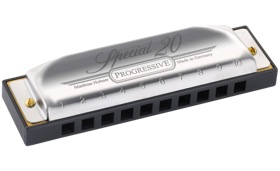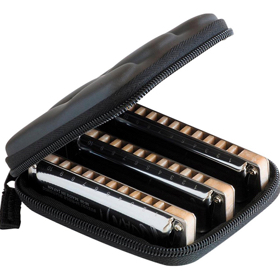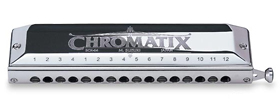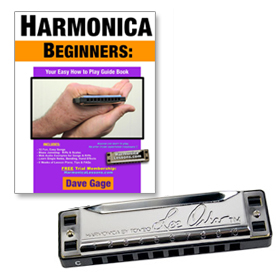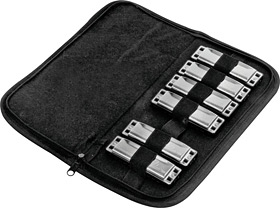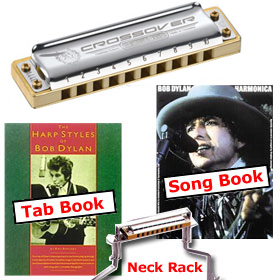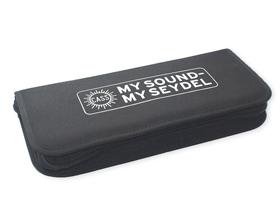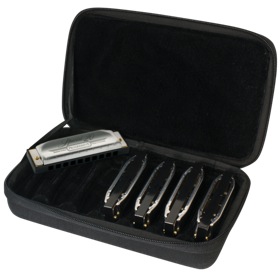Single Notes: General Information
Playing only one note at a time is referred to as a "single note". Two or more notes played simultaneously are called a chord. The two most common and useful ways to achieve a single note are by either the "vertical slot method" (advanced version of pucker, lipping, and whistle methods) or "tongue blocking".
|
-
General Information
- Three methods to attain a single note- There are three different ways to produce one note, that is, a single note, on the harmonica. These are: the vertical slot method (the advanced version of the 'pucker' or 'whistle' or 'lipping' or 'lip purse' methods), tongue blocking (putting your mouth over 3 or 4 holes and covering all but one hole with your tongue), and the U-block or tube tongue method (curling your tongue to make a tube out of it and placing it directly over the hole you want to play).
- 'Vertical Slot' method of single notes- Our recommended single note technique, which is the advanced, but admittedly more difficult version of the "whistle", "lipping", "lip purse", or "pucker" methods. Instead of involving your tongue to achieve single notes, as in tongue blocking or the U-block, the vertical slot method creates the single note by dropping the jaw down and slightly back and then using the corners of the mouth to block the surrounding holes. This is in contrast to the simpler whistle, pucker, or lipping method where you play a single note with tight, pursed lips.
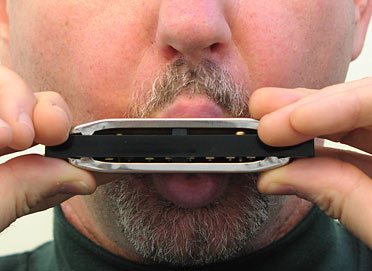
Our recommended method of obtaining single notes, the Vertical Slot.
The tongue is not involved.
- We don't recommend the 'U-block' (tube tongue) method for beginners- We don't recommend the U-block method for beginners (or for anyone for that matter) as a primary method of playing single notes. Aside from it's tendency to create a thin tone, it can only be done by people that were born with a certain set of genes (about 50-70% of the population). The rest of the world cannot physically put their tongue into a tube to produce a single note no matter how hard they try.
It is also very hard to get a full bodied tone with the 'U-block' method because the technique tends to limit the airflow and resonance in your mouth. If the U-block is the only way you can achieve a single note and you don't plan to advance your playing beyond simple songs and melodies, you may find this technique acceptable.
- Harder to learn to bend with 'U-Block' and 'Tongue Block' Methods- The U-block (tube tongue) and tongue blocking methods both utilize the tongue to achieve a single note, and although it is possible, it is much more difficult for a beginner to learn full complete bent notes with either of these methods.
- Harder to get articlulation with the 'U-block' and 'Tongue Blocking' methods- Because both techniques utilize the tongue to achieve a single note, and although it is possible, these methods also don't easily allow for the tonguing (articulation) technique that gives you different rhythms, sounds, and easy repetition of notes.
- Advantages of the 'Vertical Slot' and 'Tongue Blocking' methods- With practice, both the 'vertical slot method' and 'tongue blocking' will give you a rich, full bodied tone on chords and single notes. The "big sound" is created by lowering your jaw and expanding the size of your oral cavity. Both methods also make it LESS POSSIBLE to suck and blow with your lips and this will greatly improve your tone and volume. Click for more on correct breathing.
- Tongue Blocking- Although not recommended for your first method of playing single notes, tongue blocking is very useful for intermediate and advanced players for creating special effects and sounds. Although it's not recommended as your first single note technique because of the additional difficulty in learning to bend notes and to repeat and articulate notes, it's still an excellent technique and should be attempted somewhere down the road. Click here for more on tongue blocking.
- Use your fingers to hear a clear single note (Beginners' Shortcut)- To get the sound of a clean single note in your mind, pick a hole to play a clean single note on, let's say 4 blow. Place your index fingers tightly over holes 3 and 5 and cram the whole thing into your mouth. If your fingers are still tightly covering holes 3 and 5 then you should be hearing a nice clean single note out of hole 4. Do this over and over and over again until you've memorized the sound. If the fingers just aren't working for you, try putting tape over the holes surrounding hole 4. When in doubt, come back to this drill.
AUDIO: "Clean Single Notes"
Examples of clean single notes on hole 4 blow and draw on a Key of "C" diatonic.
- Try to imagine the single note without playing it- Once the sound of a clean single note in clearly embeded in your mind, you can try to obtain that same sound without using your fingers or tape.
AUDIO: "Sloppy vs. Clean Single Notes"
Examples of sloppy and clean single notes on hole 4 blow and draw on a Key of "C" diatonic.
(This should really help you hear the difference between clean and sloppy notes. Listen repeatedly until you are sure of the difference. If you are a member or become one, stop by one of our live classes and Dave Gage can take a listen to your single notes and let you know for sure how you are doing.)
Click here to visit the next single notes page, "Vertical Slot Method" for step-by-step instruction.
